In 10 years, Vietnam's first remote sensing satellite flew more than 53,000 times around the Earth and provided nearly 160,000 images, serving disaster management, urban mapping and planning, and national defense and security.
The information was shared by Prof. Dr. Chau Van Minh, President of the Vietnam Academy of Science and Technology, at the 10th Anniversary Ceremony of the successful launch of the VNREDSat-1 satellite connecting the future, which took place on the morning of May 16 in Hanoi.
He said that Vietnam's first Earth observation satellite VNREDSat-1 was successfully launched into orbit on May 7, 2013, marking an important milestone in Vietnam's space technology development strategy.
Since the beginning of its mission in space, VNREDSat-1 has flown more than 53,000 times around the Earth, providing nearly 160,000 images of Vietnam’s and the world’s territories and waters. This satellite helps Vietnam proactively monitor natural resources, the environment, and natural disasters from a distance, gradually applying scientific and technological advances in monitoring and asserting territorial sovereignty.

Prof. Dr. Chau Van Minh speaks at the Commemoration Ceremony on the morning of May 16. Photo: Information and Documentation Center (VAST)
According to Professor Chau Van Minh, 10 years of VNREDSat-1 satellite operating in orbit (double the expected time) is a testament to France's advanced technology, and also demonstrates the effective transfer and reception in the process of maintaining and operating Vietnam's satellite.
Professor Minh believes that in the new era of New Space/Space 4.0 space technology, the application of space technology will expand to many future fields, providing applications and solutions directly to users, not purely developing technology as before. He assessed that the participation of many industries, scientists, research units, technology corporations and countries has become an important factor.
Dr. Bui Trong Tuyen, Director of the Institute of Space Technology, the unit in charge of implementing the project, VNREDSat-1 satellite, said that initially VNREDSat-1 satellite was produced with an expected lifespan of 5 years. Up to now, the satellite has operated more than twice its expected lifespan.

Dr. Bui Trong Tuyen reports on the operation of VNREDSat-1. Photo: Information and Documentation Center (VAST)
Dr. Tuyen informed that in 10 years in orbit, VNREDSat-1 has flown 2.4 billion km, the orbital parameters are still maintained stable such as altitude 680 km, orbital plane inclination angle (98.1 degrees) and local time at the landing point (10:32). The satellite has undergone 56 orbital corrections, including 2 major corrections, 15 collision avoidance corrections, the rest are technical corrections. "The amount of fuel on VNREDSat-1 is at 2 kg, compared to the time of starting operation, 4.3 kg, will still be enough to ensure for the next few years," he said.
He said the successful launch of VNREDSat-1 satellite is of great significance, contributing to supporting Vietnam in addressing challenges in forest and water resources management, natural disaster management, mapping, urban planning, national defense and security, and coastal management.
Speaking at the ceremony, French Ambassador to Vietnam Nicolas Warnery assessed VNREDSat-1 as a typical example of the extremely successful cooperation in the field of space and satellites between the two governments. "The exceptional longevity of VNREDSat-1 is a testament to the quality of French-branded satellites," he said. France wishes to continue to cooperate with Vietnam in the strategic field, while sharing skills, training young scientists and researchers, and transferring technology.
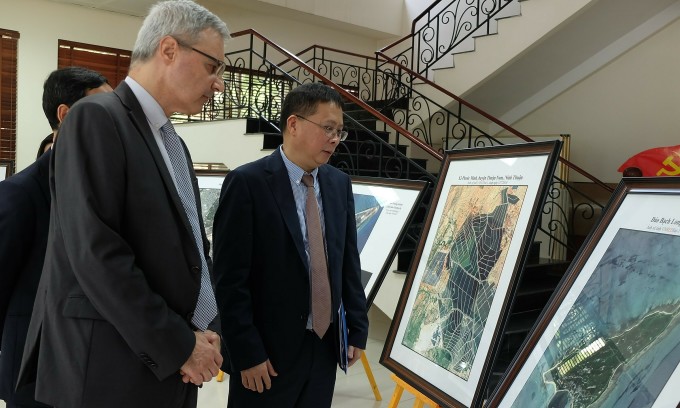
French Ambassador to Vietnam Nicolas Warnery (left) and Professor Chau Van Minh view an exhibition of images captured by the VNREDSat-1 satellite. Photo: Information and Documentation Center (VAST)
VNREDSat-1 is Vietnam's first optical Earth observation satellite, capable of taking pictures of all areas on the Earth's surface. The satellite was designed and manufactured by EADS Astrium, France, with dimensions of 600 mm x 570 mm x 500 mm and a weight of about 120 kg. The satellite was successfully launched into orbit on May 7, 2013 from the launch site in Kourou, French Guyana.
The event was organized by the Vietnam Academy of Science and Technology, in collaboration with the French Embassy in Vietnam and Airbus Group, to celebrate Vietnam Science and Technology Day on May 18 and the 48th anniversary of the founding of the Vietnam Academy of Science and Technology (May 20, 1975 - May 20, 2023).
Nhu Quynh
Source link


![[Photo] General Secretary To Lam receives Japanese Ambassador to Vietnam Ito Naoki](https://vstatic.vietnam.vn/vietnam/resource/IMAGE/2025/4/3/3a5d233bc09d4928ac9bfed97674be98)
![[Photo] Capital's youth enthusiastically practice firefighting and water rescue skills](https://vstatic.vietnam.vn/vietnam/resource/IMAGE/2025/4/3/3f8481675271488abc7b9422a9357ada)
![[Photo] Ho Chi Minh City speeds up sidewalk repair work before April 30 holiday](https://vstatic.vietnam.vn/vietnam/resource/IMAGE/2025/4/3/17f78833a36f4ba5a9bae215703da710)
![[Photo] Prime Minister Pham Minh Chinh chairs meeting after US announces reciprocal tariffs](https://vstatic.vietnam.vn/vietnam/resource/IMAGE/2025/4/3/ee90a2786c0a45d7868de039cef4a712)
![[Photo] A brief moment of rest for the rescue force of the Vietnam People's Army](https://vstatic.vietnam.vn/vietnam/resource/IMAGE/2025/4/3/a2c91fa05dc04293a4b64cfd27ed4dbe)
![[Photo] Prime Minister Pham Minh Chinh chairs the first meeting of the Steering Committee on Regional and International Financial Centers](https://vstatic.vietnam.vn/vietnam/resource/IMAGE/2025/4/3/47dc687989d4479d95a1dce4466edd32)




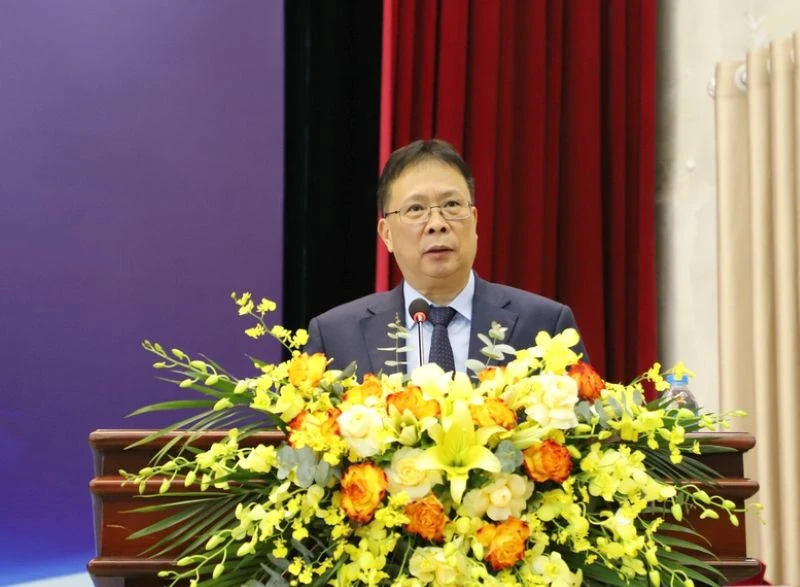

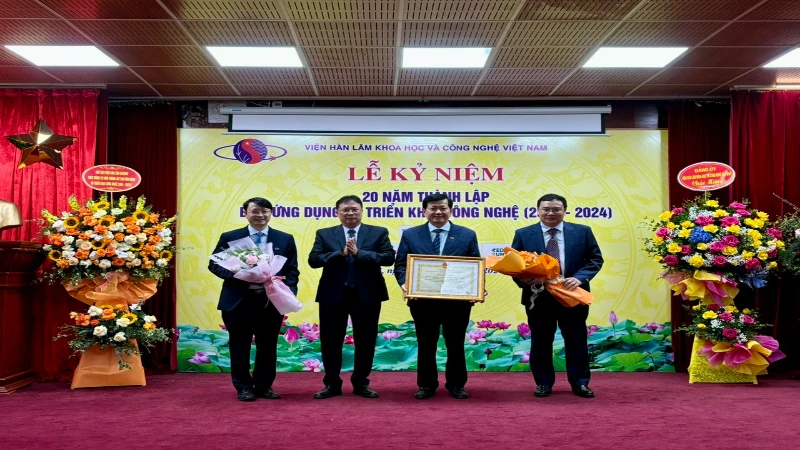

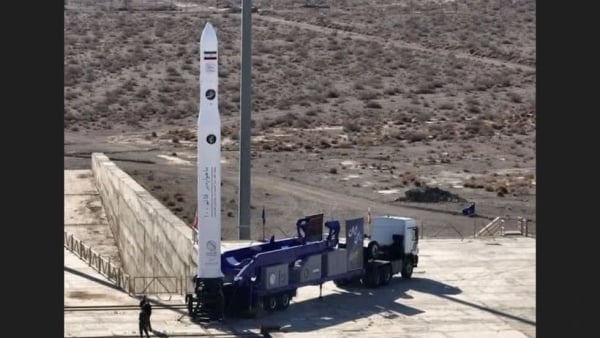

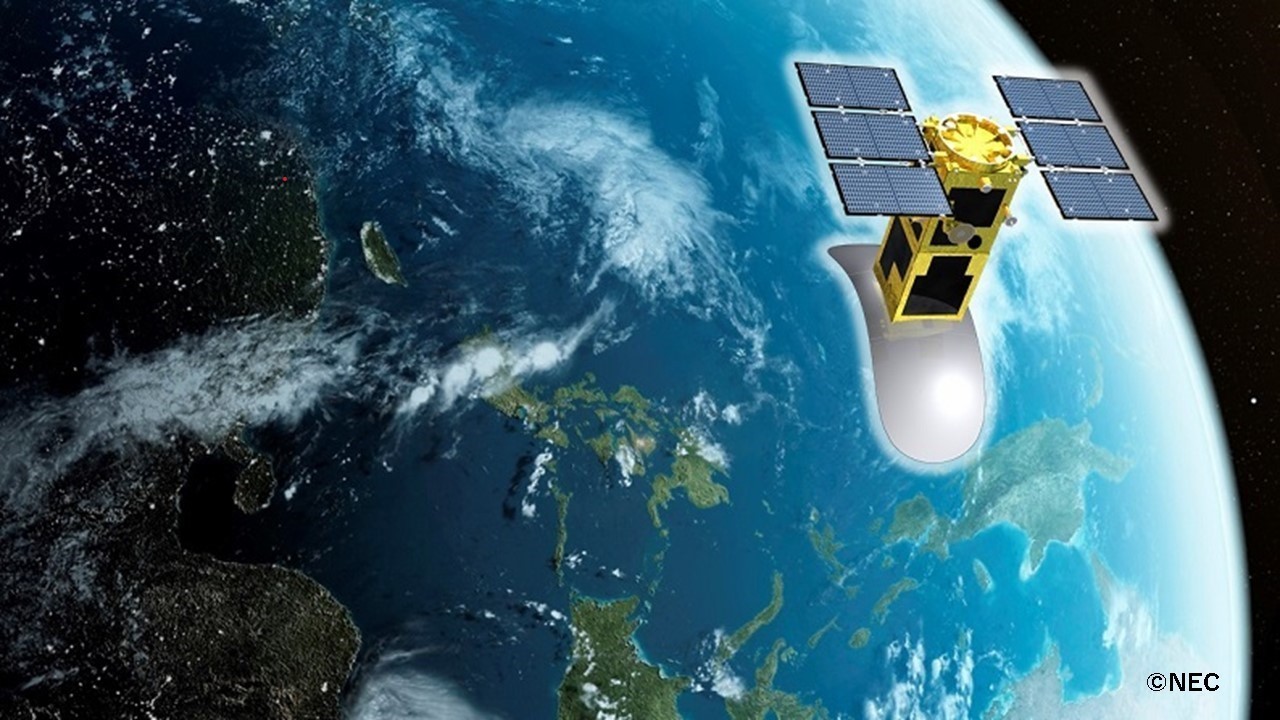
![[Video] Eliminate the "can't do it, ban it" mindset in science](https://vstatic.vietnam.vn/vietnam/resource/IMAGE/2025/4/3/1122c1ea9e244ddab1331a0597c60638)



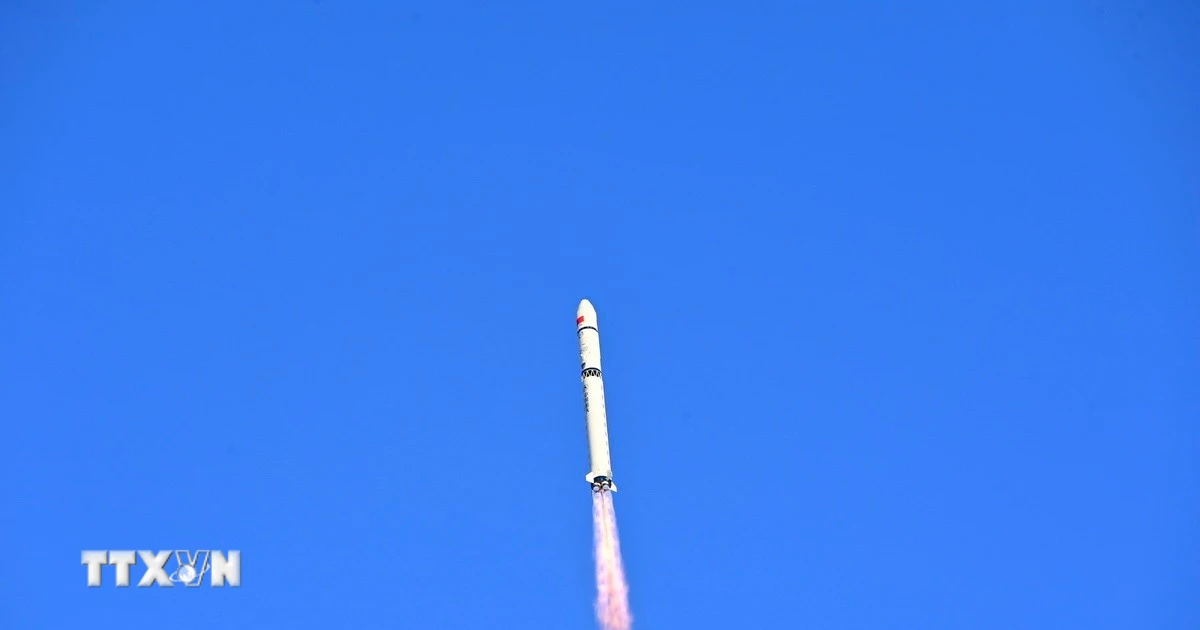






































































Comment (0)